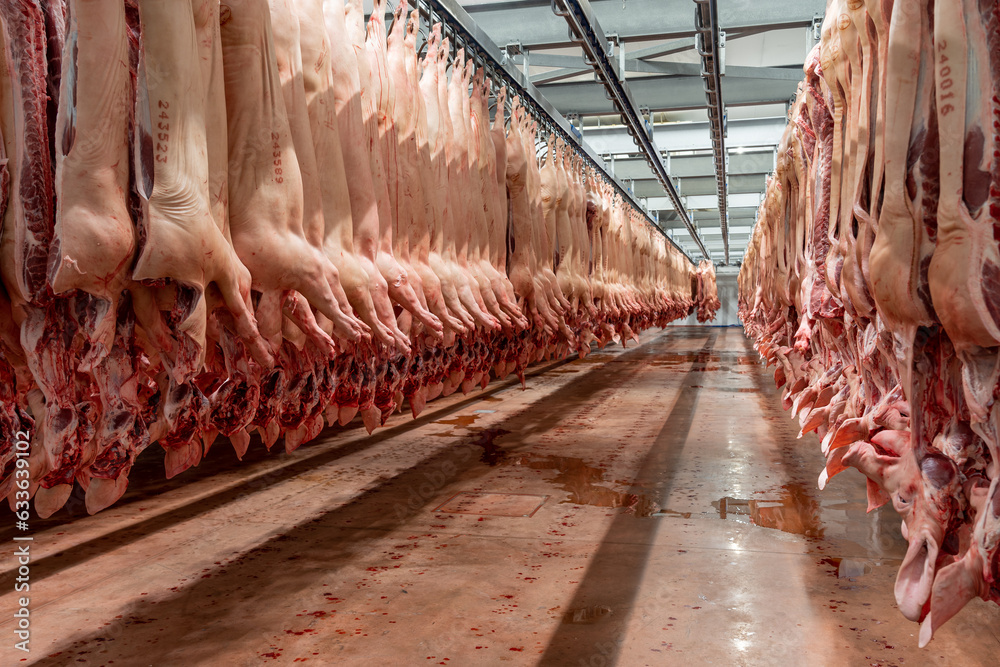There has been significant growth in EU pigmeat production over the first six months of the year, mainly driven by higher slaughter numbers.
EU production totalled 10.5 million tonnes in the first half of 2024, up 2%, 164,000t, on 2023, with growth recorded across most EU nations.
Poland saw the largest increase, with production up by 80,000t to 934,000t, with Germany, the EU’s second largest producer, gaining nearly 19,000t to just under 2.1m tonnes, representing a partial recovery after a few years of decline, and Danish production growing by 2% to 673,000t. However, Spain, the EU’s largest producer, saw a decline of just over 27,000t to 2.46mt in over period.
On the whole, gains in production over the past year have been driven by increased slaughter numbers and mainly in Poland, according to AHDB analyst Izzy Shohet.
Slaughter in the EU-27 bloc grew by 122,000 head up to June 2024, to just under 110m head, driven by a huge 7% increase, representing 634,000 head, to total 9.7m head, with Germany recording minor growth of 46,000 head to 21.9m head. Although production gains were seen in Denmark, the pig kill recorded a fall of 248,000 head (3%) to 7.2m head, suggesting heavier carcase weights have been the driving production. In contrast, Spanish slaughter numbers recorded the largest yearly decline, of 460,000 head to 26.2m head, cancelling out much of Poland’s gains.
Trade
EU pigmeat export volumes totalled 1.93m tonnes over the first half of 2024, a 4% (84,600t) fall from 2023, despite increased production Movements have been mixed across key shipping destinations with China and Japan driving most of the year-on-year decline, while the US and other southeast Asian countries have recorded volume growth.
China remains the largest destination for EU pork exports, accounting for 29% of total volumes, totalling 550,000 tonnes, 13%, 80,500t, down on last year. Within this total volume, offal sits 10,000 tonnes higher year on year, at 316,000 tonnes.
EU exports to China have struggled, in the face of an increase in competition from Brazil, the US and Canada, combined with a struggling Chinese economy leading consumers to seek more affordable cuts, Ms Shohet added.
EU imports of pig meat (including offal) have fallen by 3,500 tonnes to 69,900 tonnes in the first six months. The UK remains the largest volume provider to the EU, shipping 48,900 tonnes a market share of 70%, down 3,500 tonnes from 2023.
Prices
Given the increase in overall EU production, alongside tepid domestic and international demand, prices have shifted lower as supplies outweigh demand, Ms Shohet added. The EU S grade pig reference price saw another weekly decline to 179.49p/kg for the week ending 01 September, a fall of 2.7p from the previous week.
“This marks the third week in a row of declining prices, which has followed a period of stability,” she said.
“All key producing countries reported a decline, with the largest decline of over 5p coming from Denmark, bearing in mind that Poland did not record a price. With this, the differential between the EU and UK pricings has increased to nearly 33p/kg, the biggest difference since February.”




